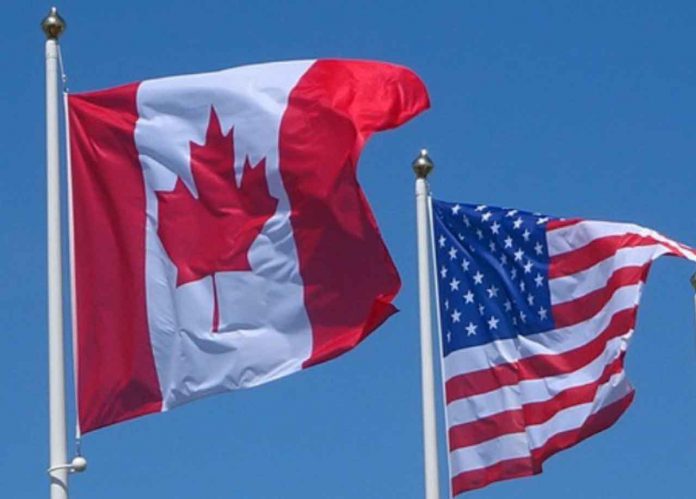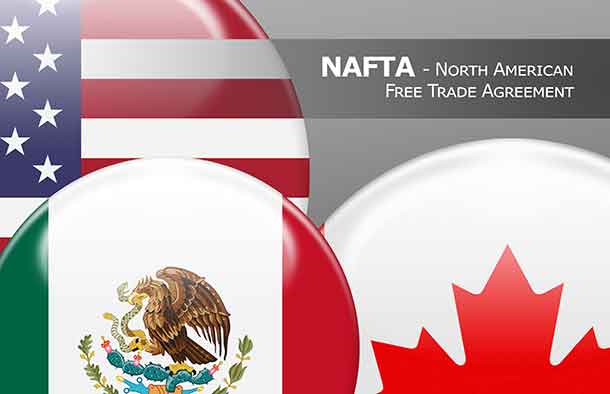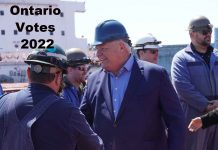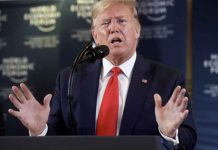THUNDER BAY – POLITICS – Canada’s relationship with the United States has always been one of mutual dependency laced with tension, a dynamic shaped by history, geography, and economics.
That old adage of learning from history or being doomed to repeat it rings especially true for Canada and United States diplomatic and economic relations.
The encounters between our Prime Ministers and their Presidents often reveal the stark power imbalance that defines this partnership.
From Lester B. Pearson’s bruising confrontation with Lyndon B. Johnson in 1965 to Justin Trudeau’s public hazing by Donald Trump at Mar-a-Lago, the script may have changed, but the overall themes of domination and deference persist.
Amid these landmark moments, the relationships fostered—or fractured—by other Canadian prime ministers, such as Pierre Elliott Trudeau, Brian Mulroney, and Stephen Harper, further underscore how each leader navigated the United States’ expectations, often with mixed results.
A Historic Showdown: Pearson and Johnson at Camp David
On April 3, 1965, Prime Minister Lester B. Pearson met with President Lyndon B. Johnson at Camp David. What began as an informal visit turned into an unforgettable clash. Johnson, enraged by Pearson’s public criticism of the Vietnam War during a speech in Philadelphia, berated him for what he saw as a betrayal.
The confrontation was raw and personal. Johnson grabbed Pearson by the lapels, reportedly exclaiming, “You don’t come here and piss on my rug!” The moment, unseen by the public and undisclosed for years, remains a stark reminder of how even respected leaders like Prime Minister Pearson, a Nobel laureate, were not immune to the wrath of American power.
Despite the humiliation, Pearson maintained his dignity and avoided publicizing the incident. The bilateral relationship continued to thrive, culminating in the Canada-U.S. Auto Pact, a testament to the enduring pragmatism that often defines Canada’s approach to U.S. relations.

Mar-a-Lago: Trudeau’s Turn in the Hot Seat
Fast-forward to Justin Trudeau’s infamous dinner with Donald Trump at Mar-a-Lago—a scene that might have been comedic if it weren’t so undignified. Unlike Johnson’s volcanic outburst, Trump’s affronts were subtle, yet deeply belittling.
Forced to plead Canada’s case against proposed tariffs, Trudeau found himself dining in a crowded room, hardly the setting for serious diplomacy. While the Prime Minister presented data and reassurances, Trump busied himself managing music from his iPad, including a nod to Leonard Cohen’s Hallelujah.
The ultimate indignity came in the form of casual jests about Canada becoming the 51st state, with Trudeau as its governor. The scene was a public spectacle, reinforcing Canada’s subordinate position in the relationship and mocking the very premise of Trudeau’s visit: to protect Canada’s economic interests.
Pierre Elliott Trudeau: The Maverick Statesman
Pierre Elliott Trudeau, Justin Trudeau’s father, carved out a more confrontational approach with the United States during his tenure as prime minister. Known for his independent streak, Pierre Trudeau clashed with U.S. leaders over foreign policy, particularly during the Cold War.
His opposition to American nuclear weapons on Canadian soil and his promotion of détente with the Soviet Union often put him at odds with Washington.
Trudeau’s famously icy relationship with President Richard Nixon epitomized this tension. Nixon privately referred to Trudeau as a “pompous egghead,” while Trudeau derided Nixon’s foreign policies as reckless. Despite these clashes, Trudeau successfully positioned Canada as a middle power, pursuing policies that reflected Canadian sovereignty while maintaining an essential, if strained, partnership with the U.S.
Brian Mulroney: The Builder of Bridges
In stark contrast to Pierre Trudeau’s contentious dealings with Washington, Brian Mulroney’s tenure as prime minister was defined by his warm and collaborative relationship with President Ronald Reagan. The two leaders shared a strong personal rapport, built on mutual respect and shared conservative values.
This camaraderie translated into landmark achievements, including the Canada-U.S. Free Trade Agreement (FTA), which laid the groundwork for NAFTA. Mulroney’s ability to work closely with Reagan ensured Canada’s interests were well represented, fostering economic growth and deeper integration between the two nations.
Their relationship was not without controversy. Critics in Canada accused Mulroney of being too deferential to U.S. interests, particularly on issues like acid rain, where environmental concerns took years to be meaningfully addressed.
Still, the personal and professional harmony between Mulroney and Reagan stands as a rare example of a Canadian leader leveraging a close bond with an American president to advance shared goals.
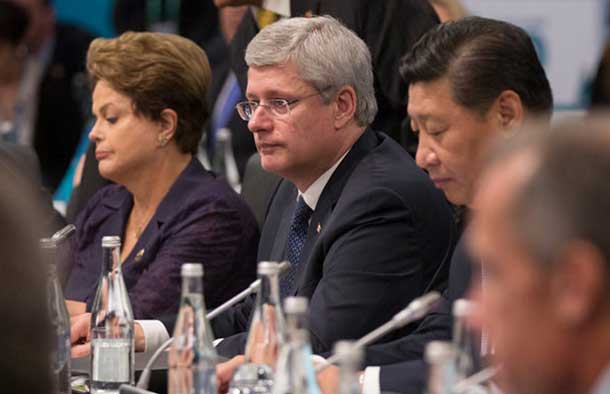
Stephen Harper: The Pragmatist Conservative
In contrast to the elder Trudeau’s independence, Stephen Harper’s relationship with the United States was defined by pragmatism and alignment with American interests, particularly under President George W. Bush. Harper supported the U.S. in its global War on Terror and took a more cooperative approach to economic and security policies, such as the Beyond the Border initiative, which sought to enhance trade and border security.
Yet, Harper’s tenure was not without its challenges. His close alignment with Republican administrations occasionally alienated Canadian public opinion, which leaned toward a more balanced relationship. Harper also had to navigate tensions over issues like the Keystone XL pipeline, which faced delays and ultimately rejection under President Barack Obama, reflecting the limits of Canada’s influence on U.S. policy.
Power Dynamics and the Price of Proximity
Both encounters highlight the enduring challenges of Canada’s position as a neighbor to a global superpower. Johnson’s rebuke of Pearson was about control and loyalty during a fraught period of Cold War geopolitics.
Trump’s treatment of Trudeau, on the other hand, reflected his penchant for personal humiliation and power plays, amplified by social media.
Pierre Trudeau’s independent streak, Mulroney’s bridge-building, and Harper’s pragmatic conservatism further illustrate the delicate balancing act Canadian leaders must perform. While some have pushed for greater independence, others have sought closer collaboration, each approach reflecting the pressures and opportunities of their respective eras.
Lessons for Canada’s Leadership
The lessons from these episodes are sobering. Canada’s dependence on the U.S. economy leaves its leaders vulnerable to displays of dominance, whether through private beratings or public mockery.
While Pearson’s restraint, Pierre Trudeau’s defiance, Mulroney’s diplomacy, and Harper’s pragmatism each shaped their legacies, all faced the same underlying challenge: navigating a partnership where the power balance is often tipped against Canada.
Today, Prime Minister Justin Trudeau, long the darling of the media, is facing challenges. Part of that is his growing unpopularity in Canada as clearly shown in the polls, as well as a social media barrage of negative reports by majorly popular American podcasters like Joe Rogan, as well as many Conservative pundits in both Canada and the United States are weakening his ability to confront Trudeau.
Ontario Premier Doug Ford is seeing that leadership vacuum as demonstrated by his efforts in the trade battle which Ford says is looming. His resolve on shutting off electricity shipments to the United States likely will carry more
As Canada continues to forge its path on the world stage, these moments underscore the need for resilience, strategy, and the occasional willingness to push back—because, as history has shown, quiet endurance may not always be enough.

